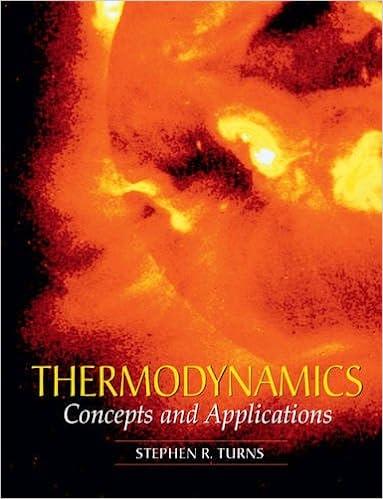Answered step by step
Verified Expert Solution
Question
1 Approved Answer
Question 2 - Power Law Model The foam rheology was measured in a pipe viscometer by [ Tong et al . 2 0 1 7
Question Power Law Model
The foam rheology was measured in a pipe viscometer by Tong et al They use the power
law model to describe the foam rheology behavior and the apparent viscosity of the foam at
different shear rates can be calculated as:
where is the apparent viscosity of the foam and is the intrinsic wall shear rate.
Use their collected data in the table below to determine the two parameters and in the above
power law model. Here, we have two different foams, determine and for two foams
respectively, and discuss the difference of rheology behavior between these two foams.
Hint: Are they shearthinning or shearthickening fluids and why? At the same shear rate, which
foam is "thicker" and what are the possible reasons? One application offoam is to be used as the
hydraulic fracturing fluid to carry the proppantsand into the formation, so if you are the
completion engineer, which foam Foam A or B will you choose, and why?

Step by Step Solution
There are 3 Steps involved in it
Step: 1

Get Instant Access to Expert-Tailored Solutions
See step-by-step solutions with expert insights and AI powered tools for academic success
Step: 2

Step: 3

Ace Your Homework with AI
Get the answers you need in no time with our AI-driven, step-by-step assistance
Get Started


